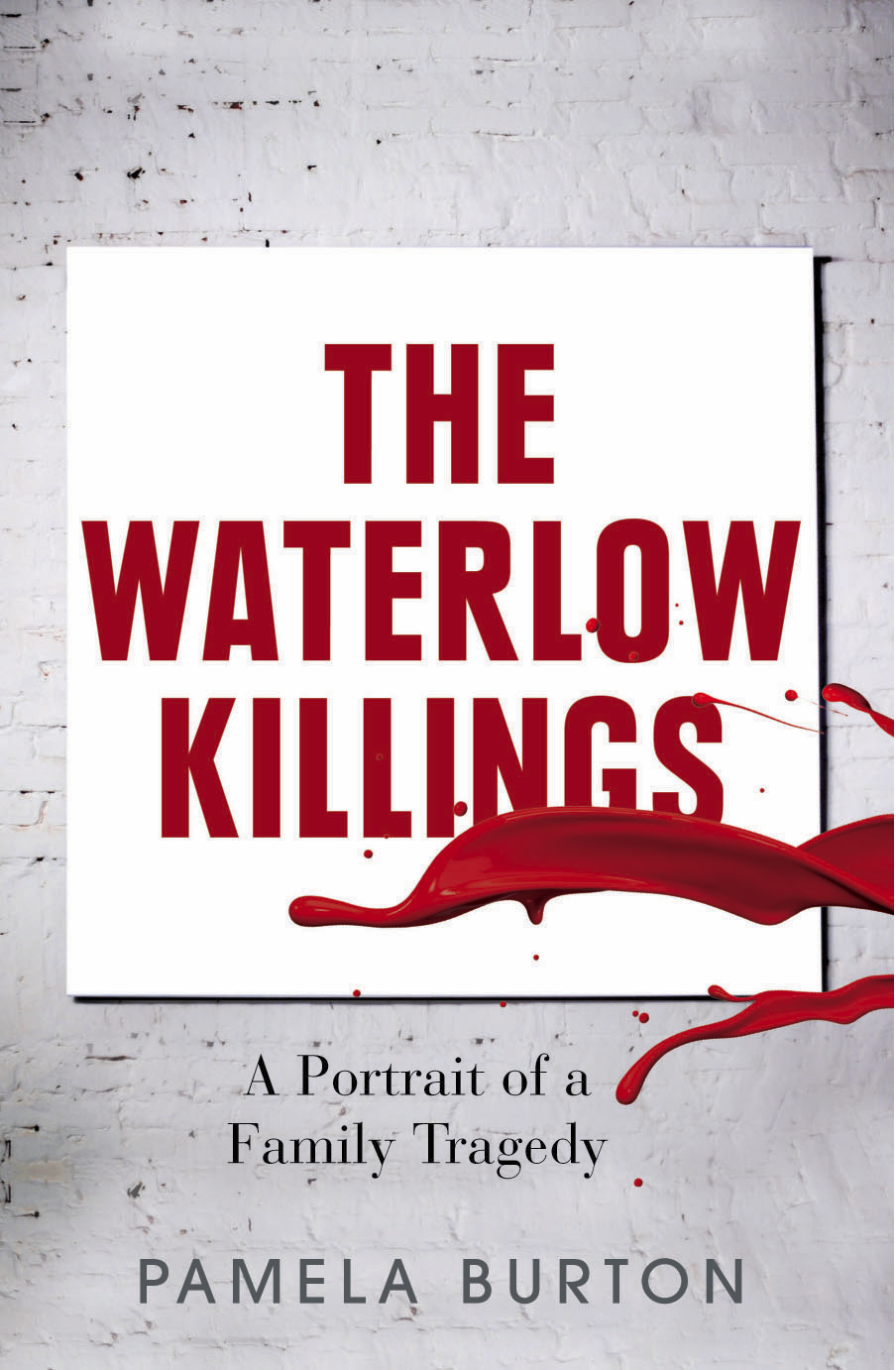
Cover
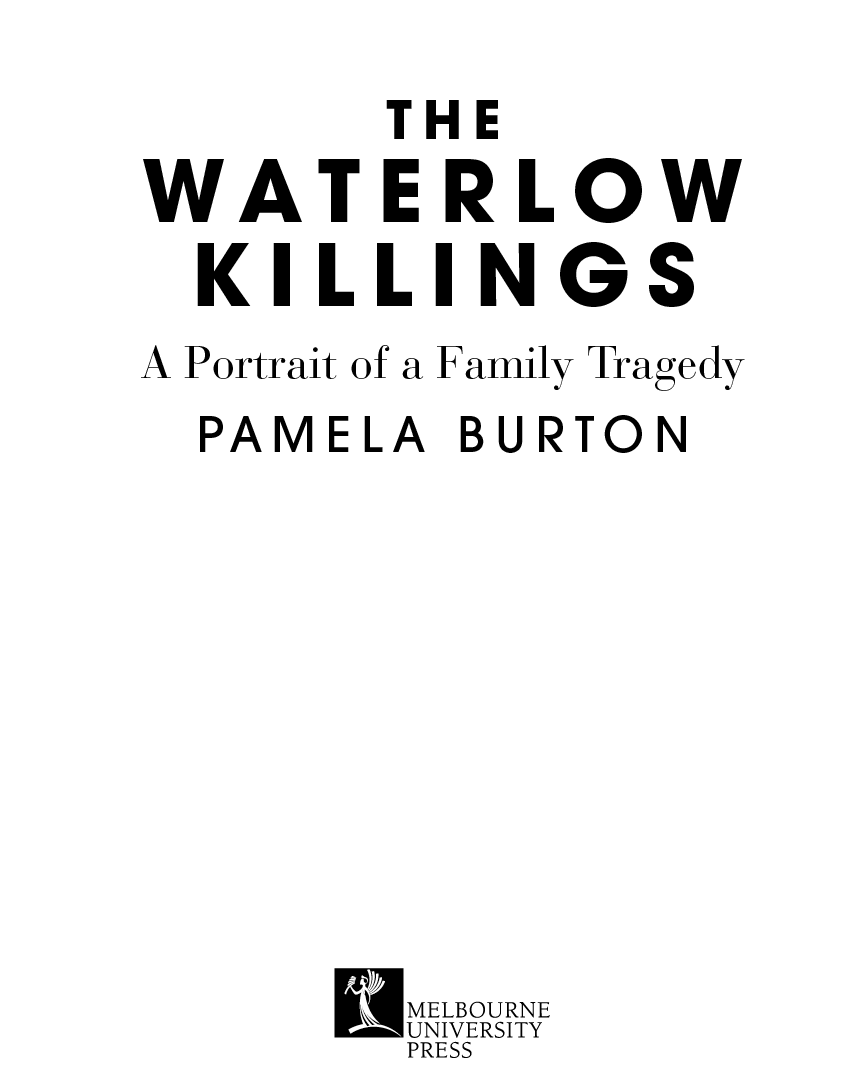 Title page
Title page
In memory of the late The Hon.
Frank Walker QC
Frank Walkers long service and commitment to people with mental illness has been long undervalued. He has inspired all of us professionally and personally to do just a little bit more. Franks motivation was to succeed for those that society had cast as the underclass; never for personal gainwith Frank it was always very personal.
Frank knew that too many people with a mental illness ended up before the courts and often in prison as a consequence of their illness and he knew this was wrong.
Rob Ramjan AM
CEO Schizophrenia Fellowship of NSW Inc
July 2012
Anthony Waterlow was clearly very ill with paranoid schizophrenia at the time he murdered his father and sister. He needed help. Yet Anthonys ongoing rejections of hospitalisation and medication seemed always to be accepted. As a consequence, a desperately sad tragedy occurred. As I read the Waterlow familys story, much of it sounded similar to my own experiences when my elder son had the same illness and ultimately killed himself. These arent easy issues to resolve, which is why I believe they need ongoing reviewmeantime, thank you to Pamela Burton for bringing compassion and a clear mind to tackling such a difficult subject.
Anne Deveson AO, patron of SANE Australia
21 August 2012
Contents
Authors note
I first heard about the Waterlow family tragedy from a friend. She was angry about the mental health systems ineptitude and apparent failure to help Anthony and his family. My initial reaction was to empathise with her anger in the context of her grief for her friend Nick Waterlow and his daughter Chloe, and to explain the complexity involved in decision-making where an individuals right to refuse treatment has to be weighed against the communitys right to be protected from possible violence. It could not have been as black and white as she described it. Or could it?
My curiosity aroused, I googled news reports of the killings. There were reports of Anthony having a longstanding mental illness, but no mention of my friends account of Anthony threatening to kill relatives in the United Kingdom three years earlier. She had told me about efforts his family had made from that time on to have him receive the treatment he needed, though against his will, and of the mental health and court systems failure to intervene when markers were evident of trouble ahead.
Widening my search, I embarked on interviews and research in the United Kingdom and Australia. I soon discovered that Nick Waterlow was widely regarded as the gentle giant of Australian art, a Sydney art curator of international standing. Moreover, I learnt that this sad and terrible story was just one of many tragedies involving people with mental illnesses whose families have been unable to access the medical help their loved ones required, and in which opportunities for early intervention have been missed. The Waterlow story was perhaps more blatant than most, though, because it was clear a decade before the tragic climax that Anthony was unhappily spiralling down a path of self-destruction through mental illness, terrifying and hurting others, particularly friends and family members, on the way.
The telling of the story will undoubtedly cause pain to family members and friends, for which I am deeply sorry. The decision to write the story was taken after consulting family members, friends and professionals in the field, and weighing up responses, including silence in the case of some. I received some pressure not to write the book, not from anyone who, raw with pain, did not wish to participate, but from people purporting to be concerned that the publication might impede Anthonys treatment prospects. Their words of warning were not conveyed by Anthony, his lawyers or medical treating team, nor were they said to be made on his behalf. Lest it be thought that I did not heed these warnings, it is important to say that I sought advice and searched my soul before deciding to continue.
The perspectives of Anthonys treating psychiatrists at St Vincents ought to be fairly represented. Unfortunately, though understandably, they are not free to talk. Peter McGeorge, now Director of the new OBrien Centre at St Vincentsa far cry from the facility and services that were formerly available at Caritaswas advised not to be interviewed for the purpose of this book. Had there been a coroners inquiry, or a defended murder trial, Dr McGeorge would in all likelihood have given evidence as to his thinking when assessing Anthonys treatment options.
I regret any pain the book might cause Anthony. I am hopeful it will provide those who knew him, as well as strangers interested in the story, with a better understanding of what happened to him and that in some way its publication might assist his chances of successfully re-engaging with the community into which he will presumably someday be released.
Over all, those consulted acknowledged that Nick Waterlow was likely to have wanted his story told, to highlight the suffering of those with a serious mental illness, their families and their carers at the hands of a broken mental health system. They were also keen to have Nick Waterlows contribution to Australian culture recognised. There were others, many of whom do not want to be publicly acknowledged, who saw the importance of the story and generously gave of their time. I proceeded with the intention of achieving both these objects.
I embarked on the work at the behest of my concerned friend, who urged that the story be told in the public interest, and that research into the deaths of Chloe and Nick Waterlow might reveal what went wrong in a long chain of events leading to their deaths. An explanation, or at least a better understanding, of what happened and how it occurred might offer some comfort to those bewildered by the shocking way in which two lives were lost, and the lives of so many others irreparably damaged.
The story that follows tells little of Chloes tragically curtailed life. This is a deliberate omission out of respect for her husband and children. The further suffering that delving into Chloes life might cause the family is not warranted. She was loved and important to many people and had the prospect of a happy and successful future. Pseudonyms have been used for the childrens names.
The respect held for Nick Waterlow and for his remarkable contribution to Australian culture has, in death, empowered him and his daughter, Chloe, to deliver a strong social message: it is societys responsibility to properly care for those with serious mental illnessat a minimum, to ensure that the same level of care and access to medical and other appropriate interventions is provided as for other illnesses. Politicians, social policy advisers, medical professionals, and those working in the areas of mental health and the law know what changes have to be made; theyre all there in the many reports and expert recommendations that lie around on public servants desks waiting for the social and political will necessary to implement them.
Pamela Burton
Prologue
When he entered a room, Anthony, at thirty-nine, still turned headsparticularly those of young women. He was tall, with wide shoulders, and had a lean, strong physique. He had arresting, deep-set dark blue eyes that sparkled when he smiled and thick, black wavy hair trimmed to rest gently on his open-neck shirt collar. He appeared confident, but when he started chatting he sometimes displayed an unexpected humbleness, which only added to his charm.
Next page
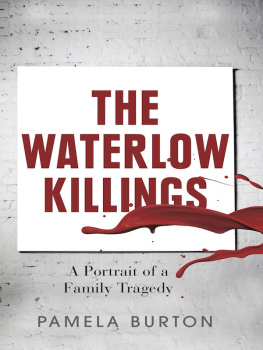
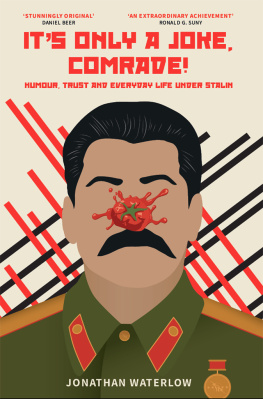


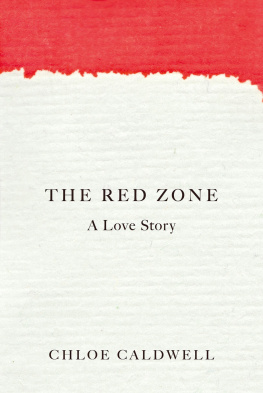
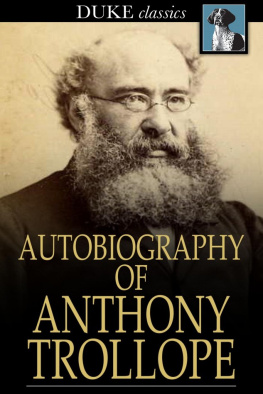
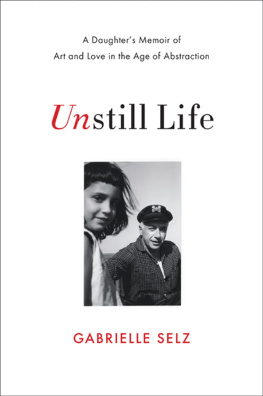


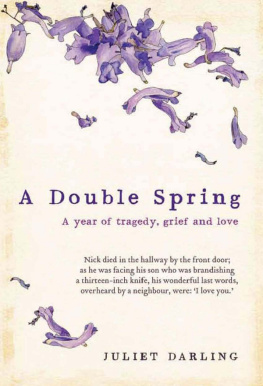


 Title page
Title page